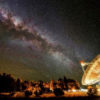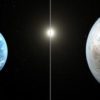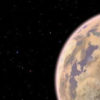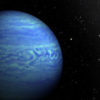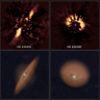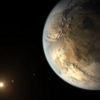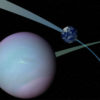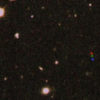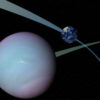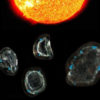Life on other planets would likely be brief and become extinct very quickly, according to a new paper by astrobiologists at the Australian National University. In research aiming to understand how life might develop, the scientists realised new life would commonly die out due to runaway heating or cooling on their fledgling planets. “The universe […]
